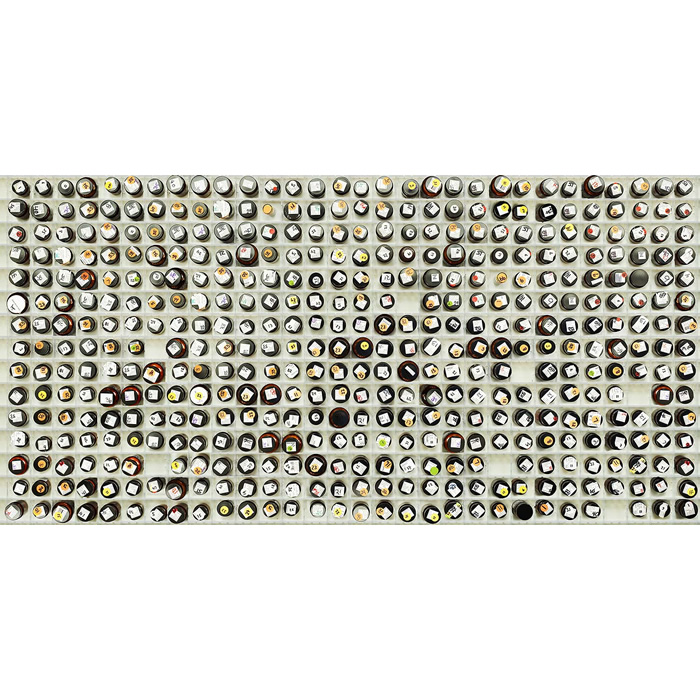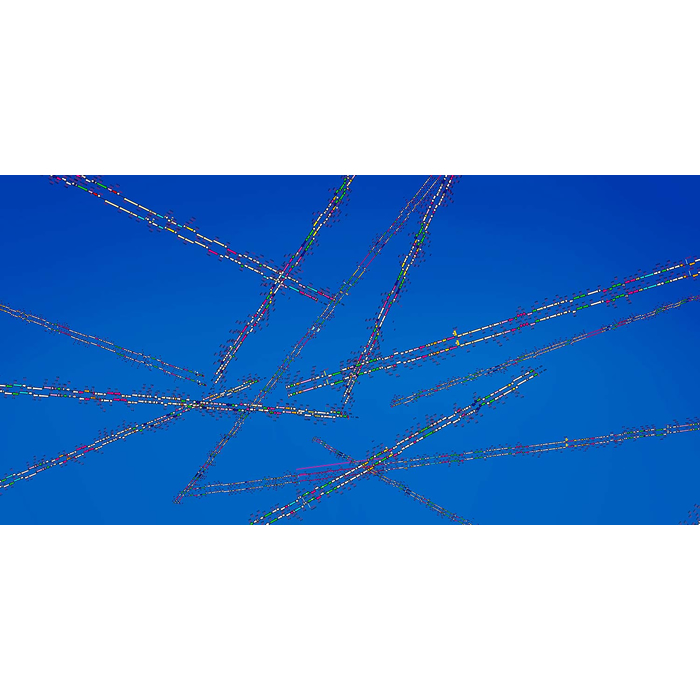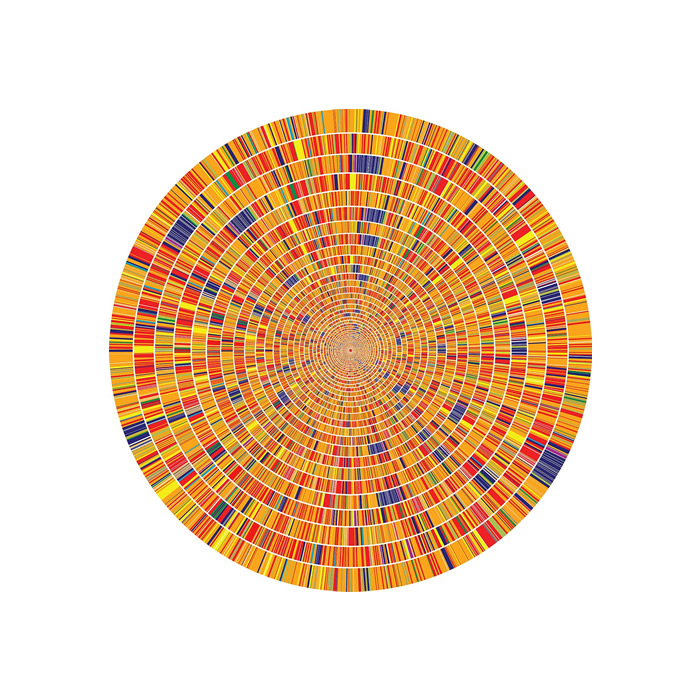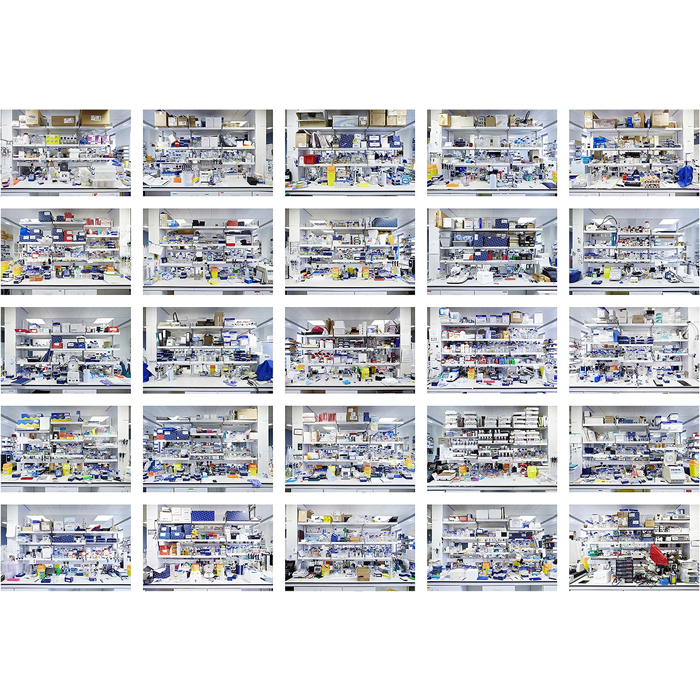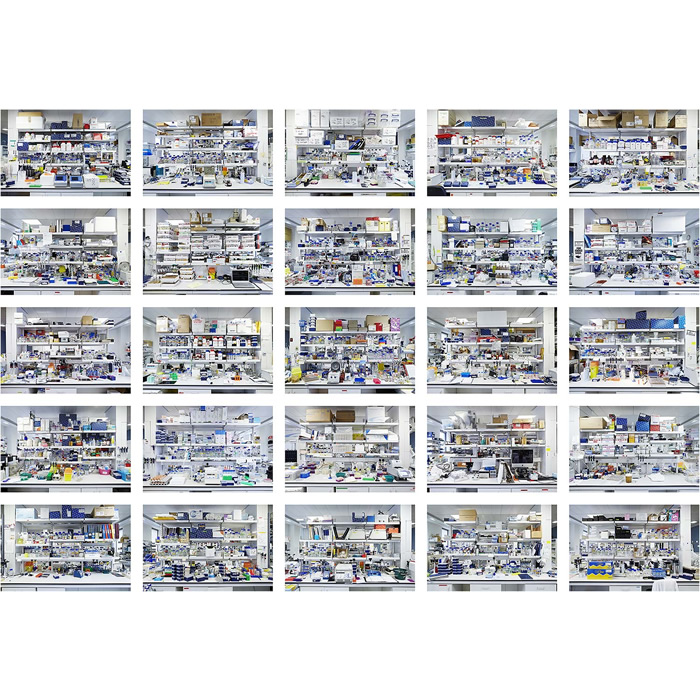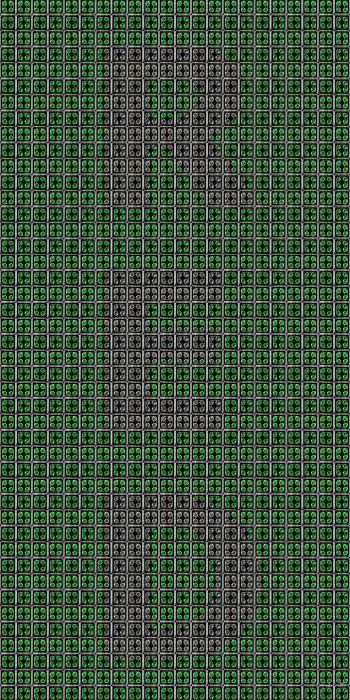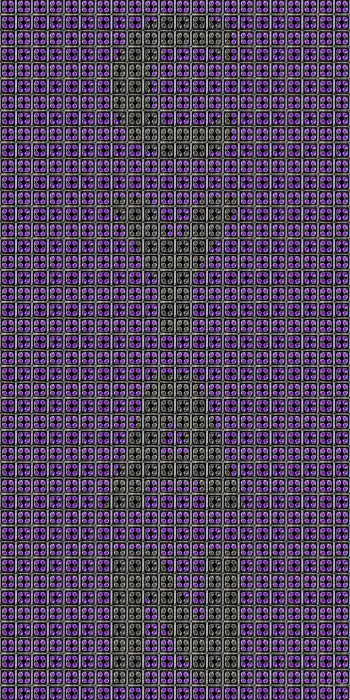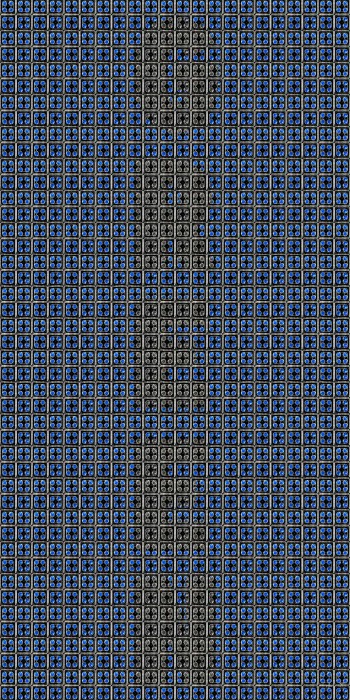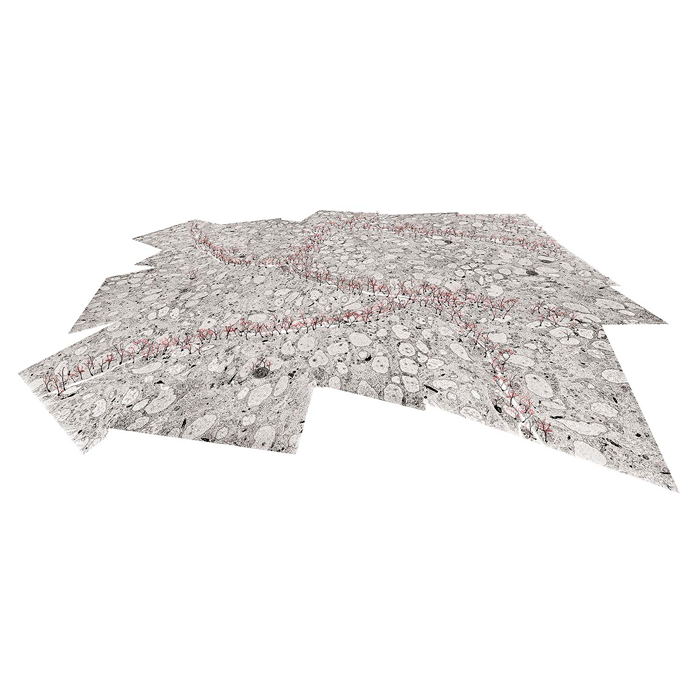OPTOGENOME
Throughout the 90’s my work took me to the slums of the developing world to explore issues surrounding street children and child labour. I was inspired by the curiosity, resilience and adaptive skills of humanity, especially at the edge. The ability of these children to negotiate the chaos and structures of alien environments and find answers left a deep influence on my visual processes.
This fascination with childhood and disadvantage grew from unresolved emotions associated with the death of my elder brother Andrew as a child from illness associated with a genetic mutation. As an adult and artist I have searched for visual answers to the big questions of my time. And thus was born a life long commitment to communicate about key themes of the human condition at the outset of the 21st century: migration, religion, urbanisation, modern science and health.
Emotionally and visually these ideas are so huge that no single image can define them. So I have endeavoured to create new visual languages and techniques within which I can communicate greater truths. The resulting works depict landscapes without horizons built from a myriad of perspectives; each one familiar and yet intriguingly new. In the Optogenome series I show a selection of works that explore the very cutting edge of the modern science laboratory from both a typological and an emotionally subversive viewpoint. All works have been created within a collaborative framework with the Scientists at AstraZeneca’s Waltham, Massachusetts oncology and infections disease campus and the MRC Centre for Developmental Neurobiology at Kings.

